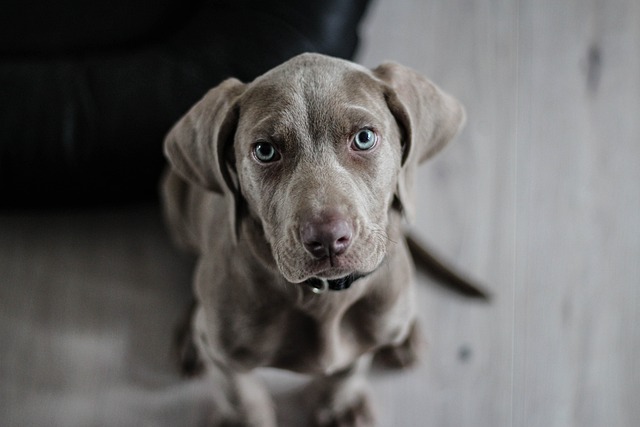
How to dog obedience training?
Dog obedience training isn’t just about teaching tricks—it’s how you build trust and keep your pup safe in busy neighborhoods, like when kids run by the park or a delivery truck rumbles down the street.
Bringing home a new puppy is exciting, but figuring out how to guide them to urinate outside can feel overwhelming at first. Those tiny accidents on the rug or near the couch are common, but with the right approach, you can turn this confusing time into a smooth learning process for both of you. It’s not just about stopping messes—this early training helps your pup understand boundaries and builds good habits that stick.
Training a puppy to urinate outside takes patience, but starting with a consistent routine sets you up for success. Watch for subtle cues—like circling, sniffing the floor, or whining—these usually mean your pup needs to go. Try taking them out first thing in the morning, right after meals, and before bed; puppies have small bladders, so frequent trips work best.
Always head to the same spot in your yard or a designated dog area—familiar smells help your puppy associate that place with urinating. Bring treats and praise them immediately when they go outside; positive reinforcement teaches them this is the behavior you want. If they have an accident inside, don’t scold them—clean it up with an enzyme cleaner to remove the smell, or they might return to that spot.
 Remember to check local laws too. Many areas require dogs to be on a leash when outside your property, even during potty breaks, and some have rules about cleaning up after your pup. Carrying poop bags isn’t just polite—it’s often a legal requirement, and fines for not following can add up. Knowing these rules keeps you and your puppy on the right side of the law while training.
Remember to check local laws too. Many areas require dogs to be on a leash when outside your property, even during potty breaks, and some have rules about cleaning up after your pup. Carrying poop bags isn’t just polite—it’s often a legal requirement, and fines for not following can add up. Knowing these rules keeps you and your puppy on the right side of the law while training.
As your puppy gets older, you can gradually extend the time between trips. A good rule of thumb is that puppies can hold it for about one hour per month of age, so a 3-month-old pup might need a break every 3 hours. Be consistent, and don’t get frustrated if there are setbacks—every puppy learns at their own pace, and your calm attitude will help them feel more confident.
By sticking to a routine, using positive reinforcement, and following local laws, your puppy will soon learn to urinate outside reliably. This training isn’t just about convenience; it builds trust between you and your pup and helps them become a well-behaved member of your community. Before you know it, those early morning trips will feel like a natural part of your day together.

Dog obedience training isn’t just about teaching tricks—it’s how you build trust and keep your pup safe in busy neighborhoods, like when kids run by the park or a delivery truck rumbles down the street.
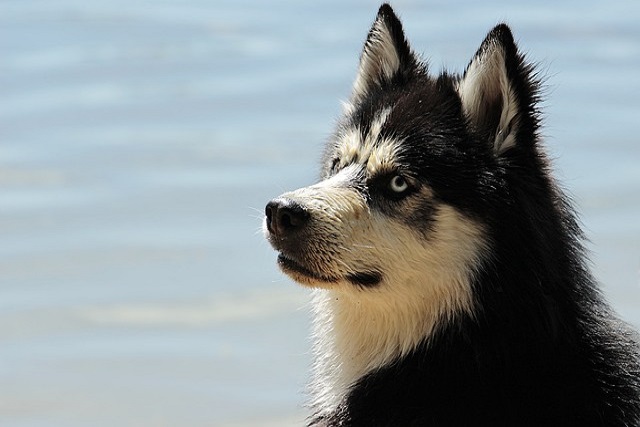
You're standing in the pet store aisle holding a collapsible metal crate, wondering if this purchase will be your new puppy's safe haven or an emotional prison.
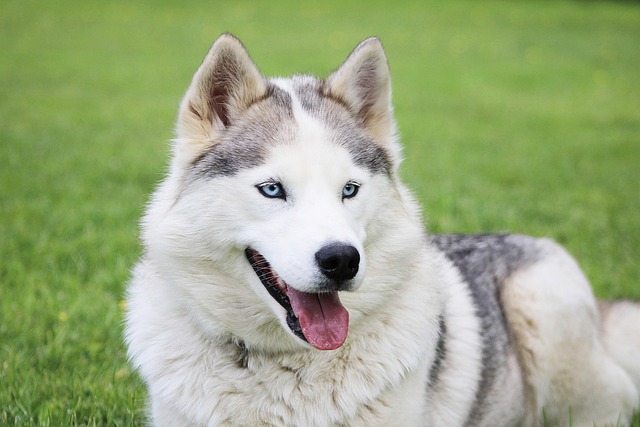
You've set up the perfect crate with a cozy bed and treats, but after three days your new rescue still whines when you close the door.
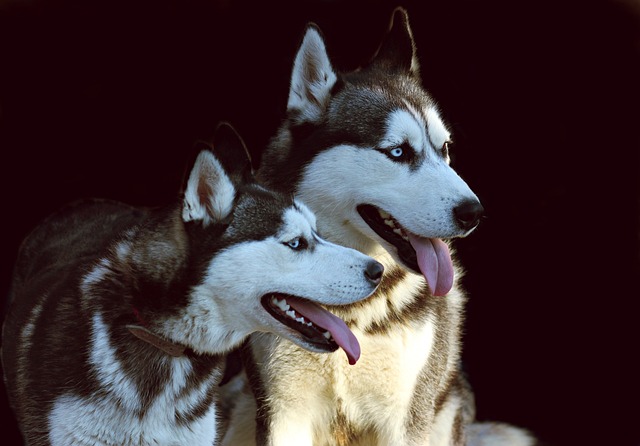
You’ve followed all the advice—bought the perfectly sized crate, stocked up on fancy treats, and even got that cozy orthopedic bed
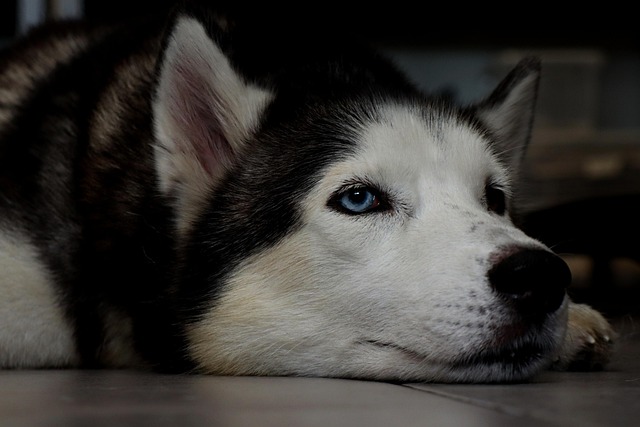
That hesitant look your rescue shepherd gives the crate—standing frozen three feet away, tail tucked—tells you everything about how he feels about enclosed spaces.
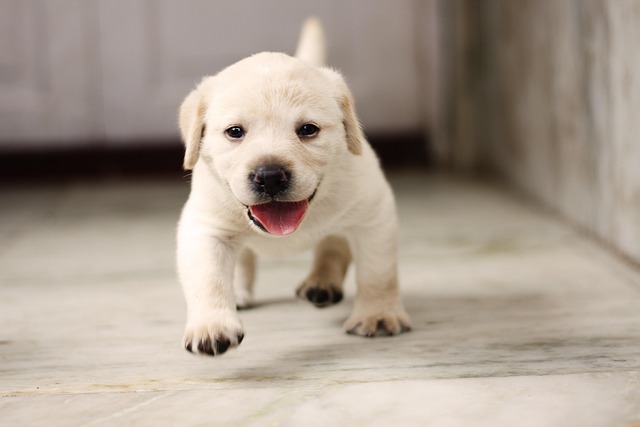
Yorkies are tiny, energetic pups, but their small size can make house training tricky—especially when they start leaving little messes around the house.